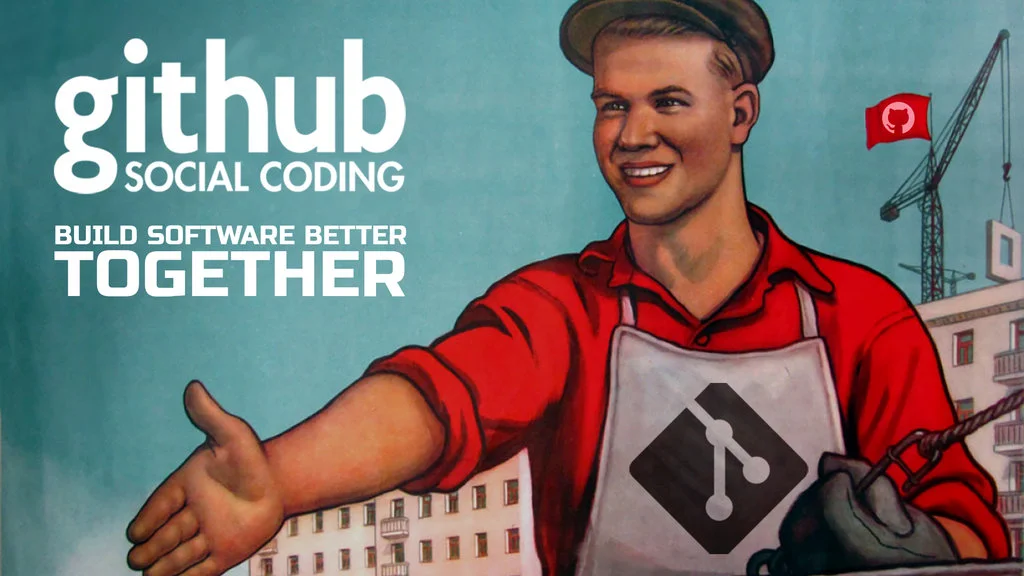Corniel Nobel
Social Coding
What we can learn from the open source community

It was about ten years ago that the lessons learned from the Manifesto for Agile Software Development where - in some form - adopted by the company I was working for; we started to work in sprints, and arranged work in epics, stories, and work items.
A great improvement in the way of working - although the almost religious adoption by some was counterproductive. At the other side of the spectrum, some could not really let go the good old waterfall; Stories themselves were (small) waterfalls, leaving no room for discussion, and new insights while coding.
However, the creation of a pull request has been treated - by most - as the final step in the process, not as the starting point of the cooperation - both within and outside the team. And that’s a pity. Not only because the contributor might have to redo all his/her work because the reviewer does not approve with the approach, but it also makes it harder for others to come up with suggestions. On top of that, for a reviewer it can be overwhelming to be confronted with a zillion code changes at once.
The alternative way of working is called social coding and is highly adopted by the open source community, and is the fundamental to the way GitHub works. A (draft) pull request is there the starting point of the discussion/change, followed by multiple iterations reviewed and discussed by (multiple) reviewer(s) and (co) contributer(s).
To make this work with a company, by default (sometimes there are legal limitations), all developers/tests should have read access to all source code. Reviewers should not be limited to a team that is responsible for the code base - for simple bug fixes, you might not want to bother other teams though - and ideally, multiple reviewers are involved.